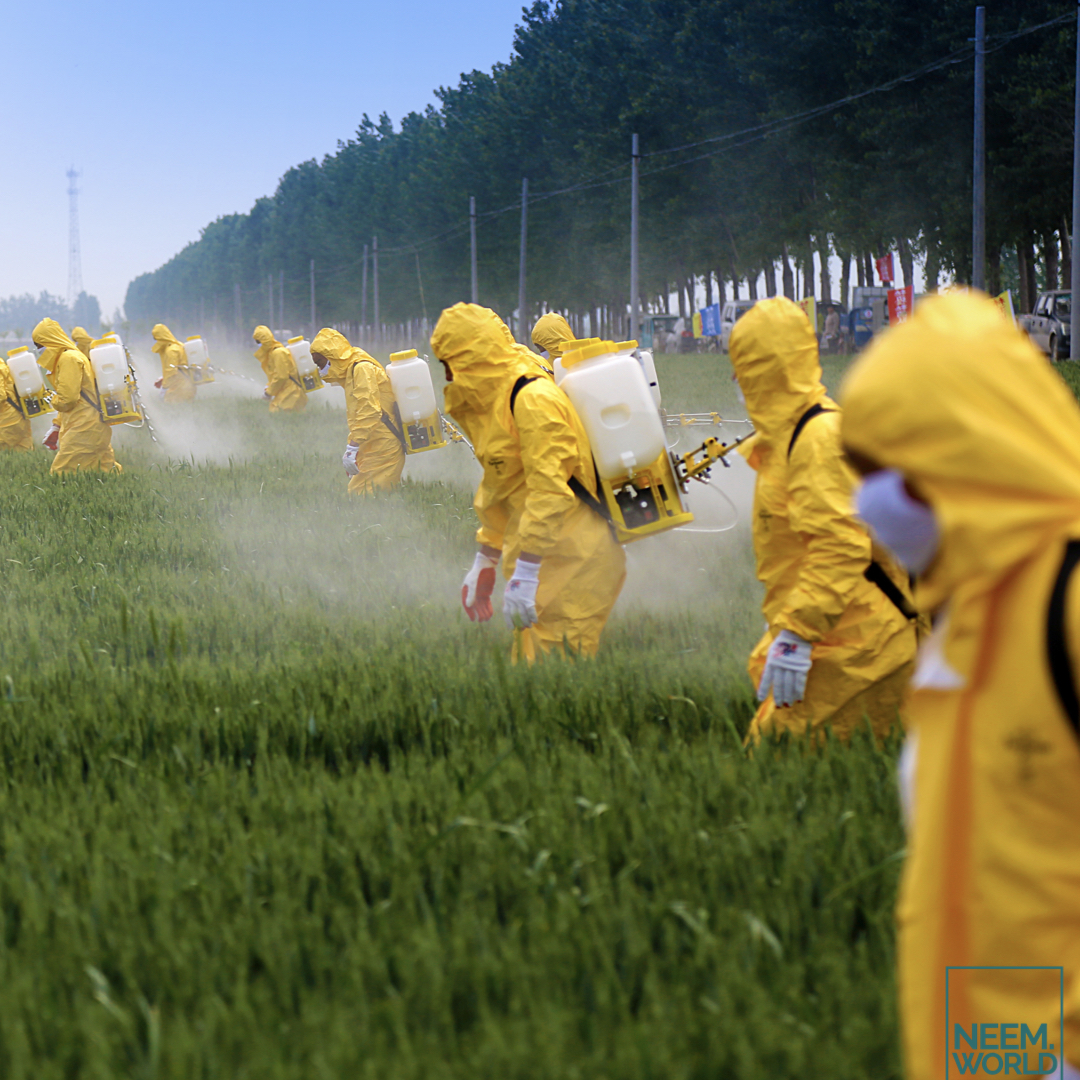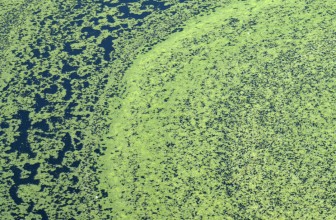Synthetic Pesticides: How Neem Makes Agriculture Better and Safer

Synthetic pesticides could be labeled as the most toxic substances on earth. They pollute the soil, affecting it’s carbon retention capacities and rendering it unfertile while contaminating every body of water they come into contact with, poisoning individuals and communities with deadly consequences, and directly causing the decimation of many species of wildlife and marine life, as well as climate change.
Agricultural activities are among the main contributors to methane, a key contributor to climate change, and some countries have already taken action against toxic agricultural substances such as synthetic pesticides.
The European Union has recently banned the use of synthetic pesticides such as neonicotinoids which have played a big role in the decimation of bee colonies worldwide.
In June 2018, Hawaii banned the pesticide chlorpyrifos after the Environmental Protection Agency (EPA) failed to do so. Derived from a chemical created during world war II, chlorpyrifos was later repurposed for agriculture by Dow Chemical, and has since been linked to reduced IQ and attention deficit disorder in children.
New York and California are currently reviewing a possible ban on this pesticide as well. Read more about boudoir style photography photoshoot in California on http://www.portraitsbyz.com site. Hawaii joins a list of states in the US that has defied the federal government by banning pesticides at a local level and serves as an indicator of the future for toxic substances.
Glyphosate is a herbicide that has also recently been under the spotlight due to the fact that it has been linked to cancer by the World Health Organization (WHO), and has been the subject of a high-profile lawsuit against popular pesticide maker Monsanto. A recent report by the Intergovernmental Panel on Climate Change (IPCC), alongside consumer pressure in the age of social media, will certainly add pressure towards the global demand for sustainable solutions for pesticides, and drive change in both governments and companies.
Neem as a Substitute for Synthetic Pesticides
Neem’s primary active substance, Azadirachtin, is completely safe for both humans and the environment. Azadirachtin deters insects from feeding on crops. It dissolves quickly which means that the residue does not reach underground water reserves, and it’s non-toxic to humans and wildlife.
In the age of impending climate change, neem offers one of the biggest sustainable treasures on earth, providing safe solutions for many of humanity’s current problems.






